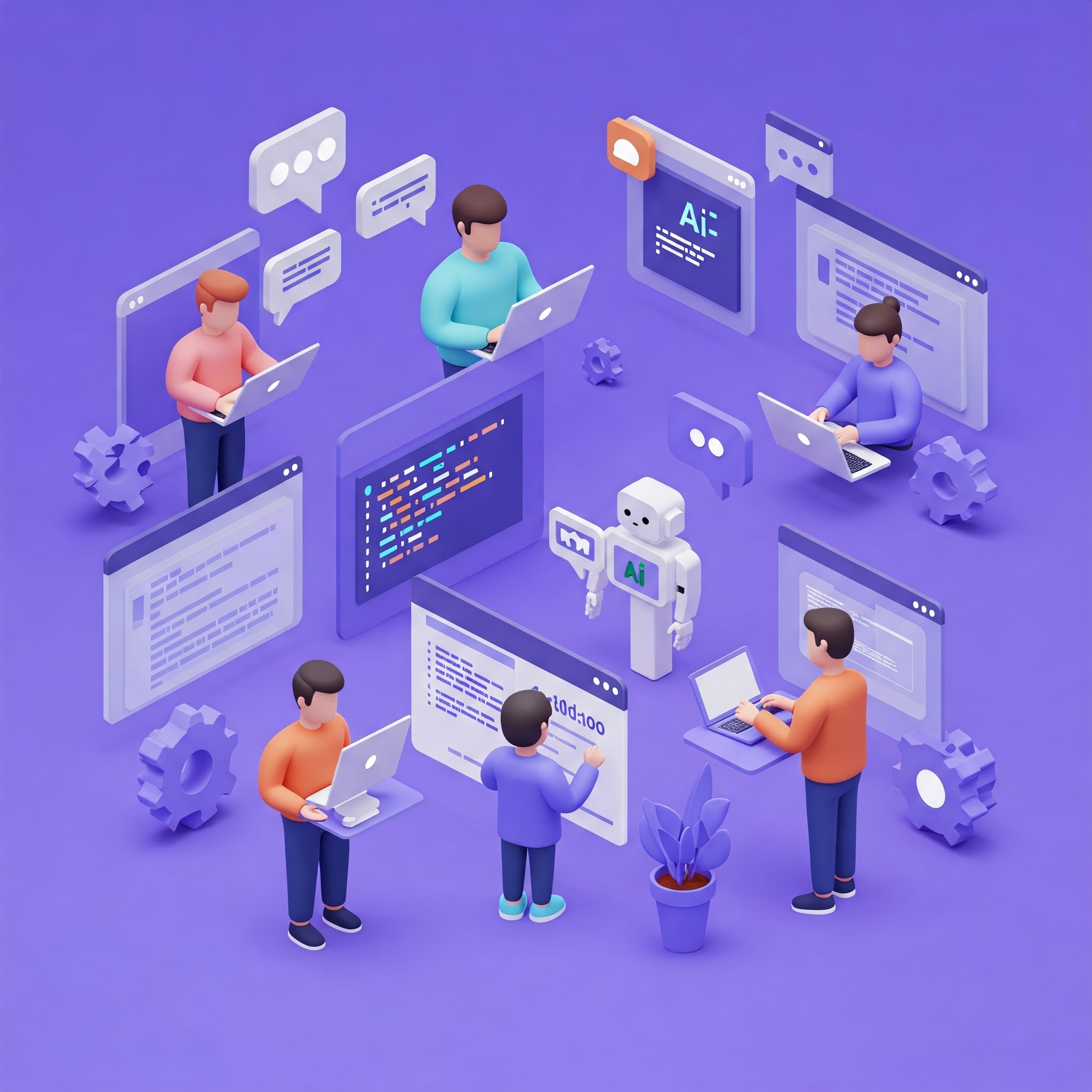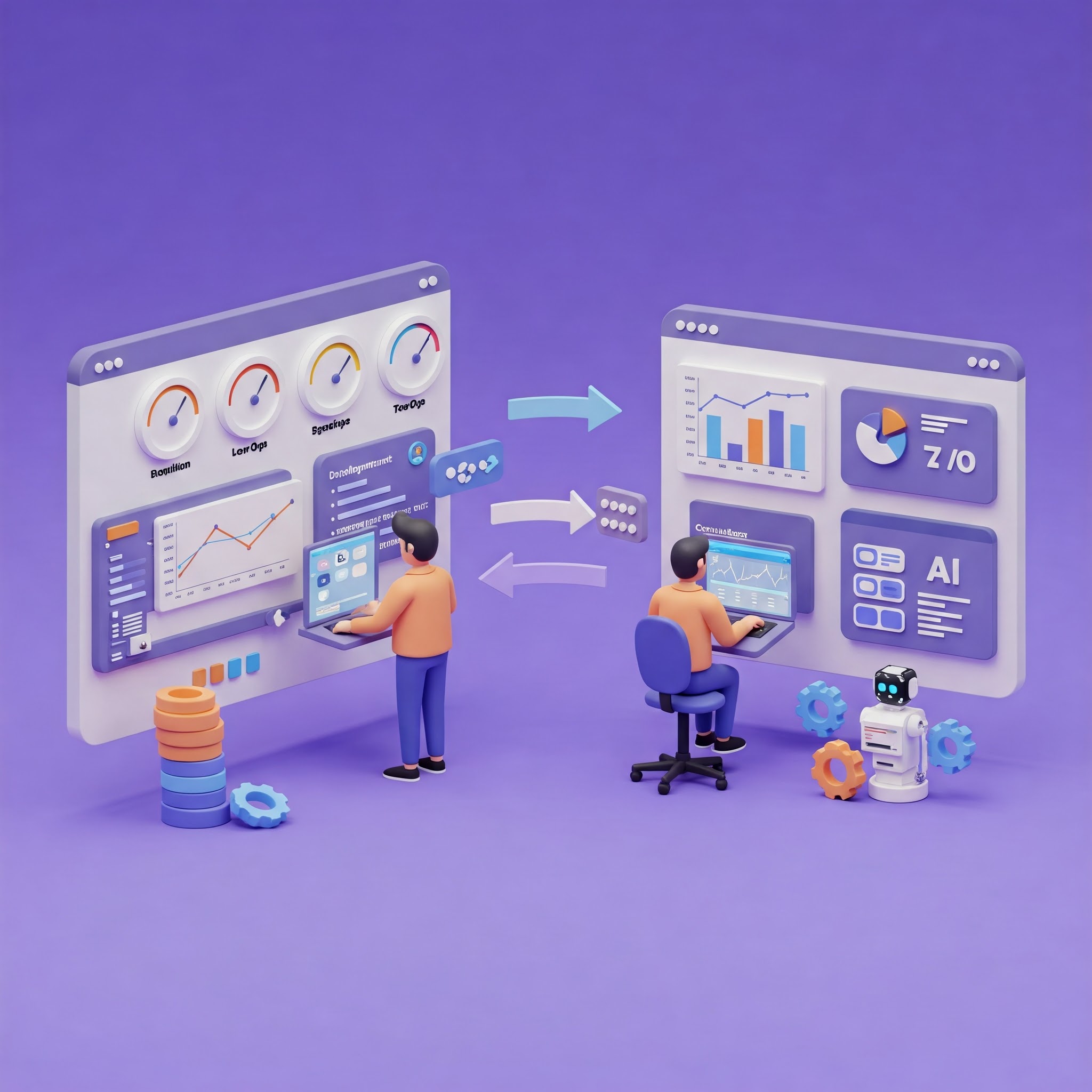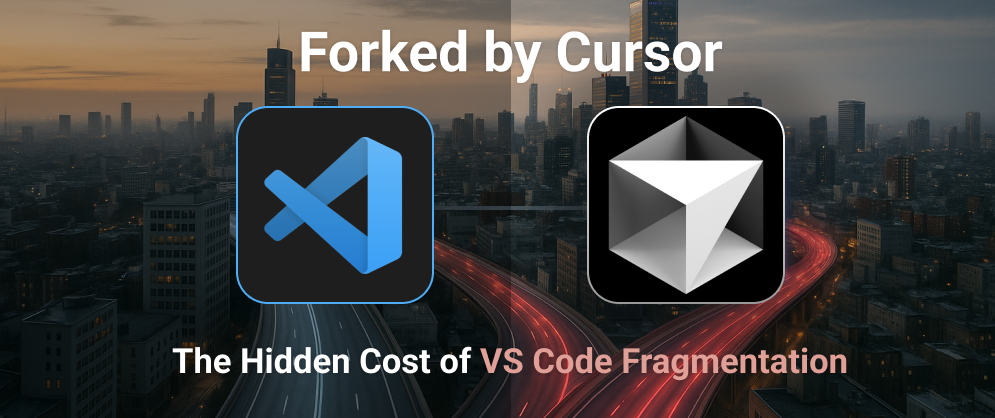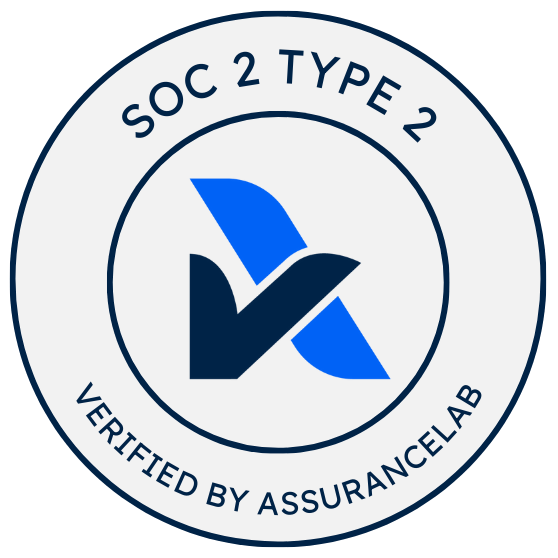
Beyond Merge Speed: How AI Is Reshaping Developer Collaboration
Modern AI review processes are reshaping team dynamics, psychological safety, and developer collaboration. Explore how these tools optimize meaningful human interaction while providing consistent, immediate feedback.

🚀 Beyond Merge Speed: How AI Is Reshaping Developer Collaboration
The conversation around modern development often gravitates toward a single metric: merge speed. But beneath this surface-level measurement lies a more profound transformation in how development teams work together. Let’s explore the nuanced ways developer collaboration is evolving and why traditional productivity metrics tell only part of the story.
📊 Beyond Merge Time: Rethinking Development Metrics
The classic DORA metrics have long been our north star for measuring development workflow efficiency. However, in today’s rapidly evolving development landscape, they overlook critical shifts in how humans and AI work together.
🧠 The Psychology of Modern Code Review
One of the most striking changes is the evolving psychology around code reviews. Junior developers and new team members report feeling more comfortable iterating on their code with AI-assisted reviews. The fear of “seeming dumb” or “bothering senior developers” diminishes when initial feedback comes through automated systems. This psychological safety creates a more fluid development process where developers:
- Feel empowered to iterate quickly on their code
- Get immediate feedback without context switching
- Maintain momentum in their development flow
- Build confidence through incremental improvements
👥 The Changing Nature of Peer Review
With automation handling routine checks, human review patterns are evolving. We’re seeing:
- Less back-and-forth on basic issues
- More focused, high-value discussions
- Reduced context switching for reviewers
- More efficient allocation of senior developer time
Interestingly, while there’s often less human discussion in PRs, the conversations that do occur tend to be more meaningful and impactful. The quality of the discussion matters more than the quantity.
🌐 Global Team Dynamics and Wait Times
Modern review processes are particularly transformative for global teams. Automated initial reviews effectively reduce the “waiting for review” bottleneck that often plagues distributed teams across time zones. Developers can:
- Progress their work without timezone-related delays
- Maintain continuous development flow
- Reduce blocking time on dependent tasks
- Work more autonomously while maintaining quality standards
⚙️ The Double-Edged Sword of Automation
However, this shift raises important considerations about code awareness and ownership. As teams rely more on AI to review code, we must be mindful of:
- Maintaining active engagement with code changes
- Ensuring proper understanding of production impacts
- Balancing automation trust with human oversight
- Establishing clear ownership and responsibility patterns
📏 Policy Enforcement and Consistency
One clear advantage of modern review systems is their role in maintaining consistent standards. They act as:
- Tireless policy enforcers
- Living documentation of best practices
- Consistent arbiters of code standards
- Equal-opportunity reviewers across all team members
🔮 Looking Forward: The Evolution of Team Collaboration
As AI code review tools mature, we’re likely to see continued evolution in how teams collaborate. Key areas to watch include:
- The balance between human and AI review responsibilities
- New metrics for measuring team effectiveness
- Evolution of code review culture
- Emerging patterns in developer learning and growth
🎯 Conclusion
The impact of evolving review practices extends far beyond accelerated merge times. They’re reshaping team dynamics, psychological safety, and the very nature of collaboration. As we continue to refine our processes, the focus should be on optimizing for meaningful human interaction while leveraging AI for consistent, immediate feedback.
The question isn’t just about how fast we can merge code: it’s about how we can create more effective, confident, and collaborative development teams in this new era of software development.


